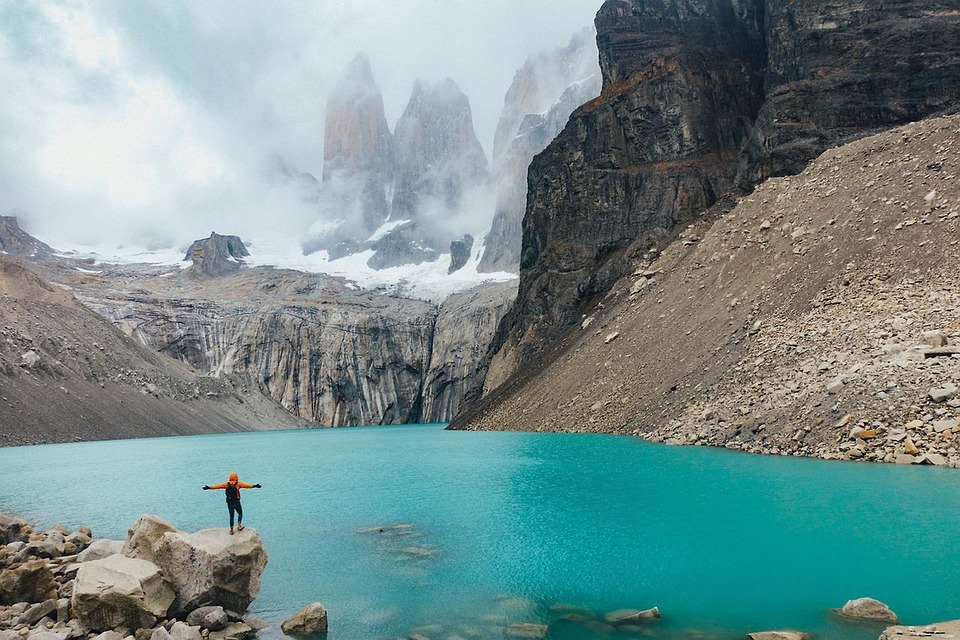If you like to hike, snowboard, ski, or spend time outside, maybe you’ve invested in some clothing from Patagonia. This brand “is a designer of outdoor clothing and gear for silent sports.” But Patagonia’s only goal isn’t just to sell clothes. They place a huge emphasis on environmental activism.
This can be seen through the social media content that they post. They don’t use marketing to promote their products, instead, they use it to raise awareness of social and environmental issues to their followers.
Patagonia is all about standing up for what they believe in. An example of this is when they boycotted Facebook in 2020. Stopping all paid advertisements on the platform. This decision came about because of climate change misinformation being spread on the platform. Patagonia was pushing for Facebook to prioritize the environment and people over their profits. They were also willing to lose money for the goal of standing up for what they thought was right.
Another area that Patagonia strives to focus on is education. They want their customers to be informed of the issues that they find important. One of their recent Instagram posts includes Dr. Ayana Elizabeth Johnson, a climate activist, talking about the need for coastal ecosystem protection. Most of their social media includes educational information. Patagonia mostly talks about their clothing when they’re educating their consumers on their manufacturing process.
This brand works hard to take a genuine approach to its marketing. They are honest with their audience and they strive to create a community. One way they do this is by supporting the work of over 1200 environmental nonprofits, often through their social media.
So why does this type of advertising work for them? They are marketing their products through their activism. They are also demonstrating their motives for what they do. On social media actions influence people more than words do. This creates a strong community of followers. As well as creating brand loyalty.
More and more consumers are placing an emphasis on how their values align with brands when choosing where to make purchases from. This explains the growth that Patagonia continues to have through its marketing campaigns and activism-oriented business.
To learn more about the thought process behind Patagonia’s digital marketing listen to this podcast. Where Scott Carrington, leader of media and advocacy at Patagonia, talks about how and why they conduct their social media the way they do.



Autumn, great post! I love seeing what Patagonia is up to and this post made me realize I need to update myself with their recent campaigns. One of my all-time favorite examples of sustainable PR is from Patagonia many years ago for Black Friday where their ad said “Don’t buy this jacket”. It was simultaneously telling their audience to not over-consume and that its products last a lifetime. I thought it was a great way to promote good quality and sustainably made clothing.
Nice job!
Hi! I really enjoyed reading your post. I’m so interested in how outdoor brands are including sustainability (or not) in their campaigns and brand strategy. I thought it was interesting how much they focus on the education aspect of it, and your note that they usually only talk about their clothes when educating customers on sustainability practices. This idea that actions speak louder than words on social media is one that will be important to remember this term as we’re working with clients and making suggestions about their social presence.